Understanding How a Dentist Checks for Oral Cancer
Oral cancer screening is a vital part of routine dental exams in the United States, especially since early detection significantly increases survival rates. Dentists are trained to identify suspicious signs and symptoms that may indicate oral cancer during regular checkups.
1. Visual Examination of the Oral Cavity
During the oral cancer screening, a dentist begins by visually inspecting the entire mouth, including the lips, gums, tongue, roof, and floor of the mouth. They look for any abnormalities such as red or white patches, sores, lumps, or lesions that do not heal within two weeks. These irregularities may appear subtle but can signal early cancerous or precancerous changes.
This visual examination is non-invasive and quick, yet it requires a keen eye and experience to distinguish benign conditions from those warranting further investigation. For example, a dentist might spot a persistent ulcer on the tongue that a patient had mistaken for a simple bite wound but could actually be an early warning sign.
2. Physical Palpation and Feeling for Abnormalities
After the visual check, the dentist uses gloved fingers to gently palpate areas inside the mouth and neck. This tactile examination helps detect lumps or thickened tissue that are not easily visible. Palpation extends to lymph nodes in the neck to check for swelling, which can be a red flag for oral cancer that has begun to spread.
For instance, a patient visiting for a routine dental cleaning might be surprised when their dentist notices a firm lump beneath the jawline during palpation. This finding could lead to timely referral and diagnosis, illustrating the critical role dentists play beyond just teeth maintenance.
3. Use of Special Screening Tools and Technology
Many modern dental offices in the U.S. employ adjunctive technologies to aid in oral cancer detection. Devices such as VELscope, a specialized light that makes abnormal tissues fluoresce differently than healthy tissues, can help identify suspicious lesions invisible to the naked eye.
Another tool is toluidine blue dye, which stains areas of concern to highlight potential malignancies. While these tools do not replace biopsy and pathology, they serve as valuable aids that enhance the accuracy of screenings, providing peace of mind for patients.
Signs and Symptoms Dentists Watch for During Oral Cancer Checks
Dentists educate patients about symptoms that should prompt an immediate dental visit. These include persistent sores, unexplained bleeding, numbness, difficulty swallowing, or a lump in the mouth or neck. Early detection is crucial because oral cancer symptoms can often be mistaken for minor injuries or infections.
1. Persistent Sores or Ulcers
A sore that refuses to heal after two weeks is a common warning sign. Dentists examine such areas carefully and may recommend biopsies if necessary.
2. Red or White Patches
Leukoplakia (white patches) or erythroplakia (red patches) can sometimes indicate precancerous changes. Dentists monitor these areas closely and advise follow-up visits to track any progression.
3. Unusual Lumps or Thickening
Lumps or firm areas inside the mouth or under the jaw may signal the presence of tumors. Early identification through palpation can significantly impact outcomes.
Patient Stories Highlighting the Importance of Oral Cancer Screenings
Consider the story of Mark, a 45-year-old software engineer from Texas. He visited his dentist for a routine cleaning, where the dentist spotted a small, painless white patch on the side of his tongue. Thanks to immediate biopsy and treatment, Mark’s oral cancer was detected early, and he recovered fully with minimal treatment.
Another case involves Linda, a college student who noticed a sore in her mouth that lingered for weeks. After her dentist’s careful screening and referral, she was diagnosed with early-stage oral cancer and underwent successful treatment. These real-life examples highlight how vital regular screenings are, especially for people without obvious risk factors.
Why Regular Oral Cancer Screenings by Dentists Are Essential
Oral cancer ranks among the top cancers affecting Americans, but it often goes unnoticed until advanced stages. Dentists are frontline defenders, equipped to detect early signs when treatment is most effective. Routine dental visits that include oral cancer checks can save lives.
Patients with risk factors such as tobacco use, heavy alcohol consumption, HPV infection, or a family history of cancer should be particularly vigilant. However, oral cancer can affect anyone, underscoring the universal importance of regular screenings.
What to Expect After an Oral Cancer Screening
If a dentist identifies suspicious areas, the next step usually involves a biopsy—removal of a small tissue sample for laboratory analysis. Depending on the results, a treatment plan will be formulated, often involving collaboration between dental specialists, oncologists, and surgeons.
Even if the screening is clear, dentists encourage patients to maintain good oral hygiene and attend regular checkups to monitor changes over time. Early detection and prevention are the best tools against oral cancer.
For those looking for expert oral health services and reliable oral cancer screenings, Dentistry Toothtruth offers comprehensive care with advanced technology and experienced professionals dedicated to your wellbeing.

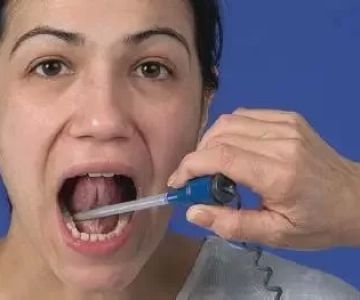

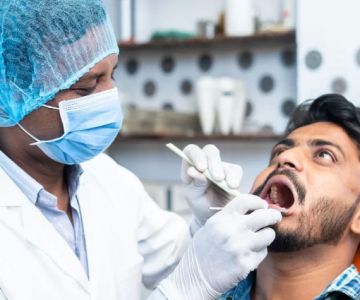
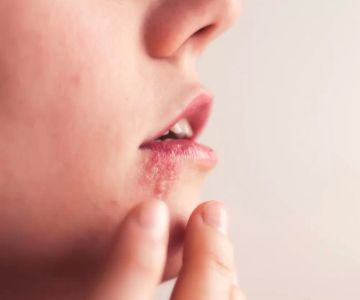
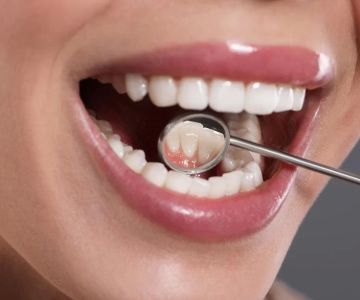
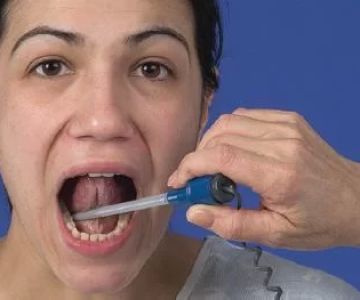
 Growing Smiles of Voorhees4.0 (2464 review)
Growing Smiles of Voorhees4.0 (2464 review) Affordable Dentures & Implants4.0 (855 review)
Affordable Dentures & Implants4.0 (855 review) Coventry Family Dental4.0 (247 review)
Coventry Family Dental4.0 (247 review) Hiser Orthodontics5.0 (283 review)
Hiser Orthodontics5.0 (283 review) Sapphire Family Dental (Dr. Amy Chi, Dr. Emily Allen & Dr. Steven Rzepecki)4.0 (208 review)
Sapphire Family Dental (Dr. Amy Chi, Dr. Emily Allen & Dr. Steven Rzepecki)4.0 (208 review)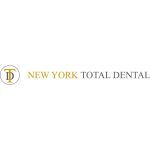 New York Total Dental5.0 (85 review)
New York Total Dental5.0 (85 review) The Importance of Oral Health Education During Pregnancy for a Healthy Pregnancy
The Importance of Oral Health Education During Pregnancy for a Healthy Pregnancy Best Tips for Brushing Your Teeth Properly for Healthy Gums: Essential Techniques for Oral Health
Best Tips for Brushing Your Teeth Properly for Healthy Gums: Essential Techniques for Oral Health Why Skipping Dental Checkups Can Lead to Bigger Oral Health Problems
Why Skipping Dental Checkups Can Lead to Bigger Oral Health Problems Advantages of Porcelain Dental Restorations
Advantages of Porcelain Dental Restorations How Can Diabetes Cause Tooth and Gum Problems? Preventing and Managing Oral Health Issues
How Can Diabetes Cause Tooth and Gum Problems? Preventing and Managing Oral Health Issues Healthy Habits for Promoting Good Oral Health and Hygiene: Tips for a Healthy Smile
Healthy Habits for Promoting Good Oral Health and Hygiene: Tips for a Healthy Smile